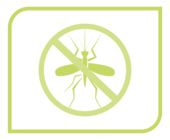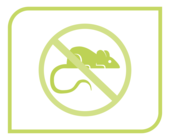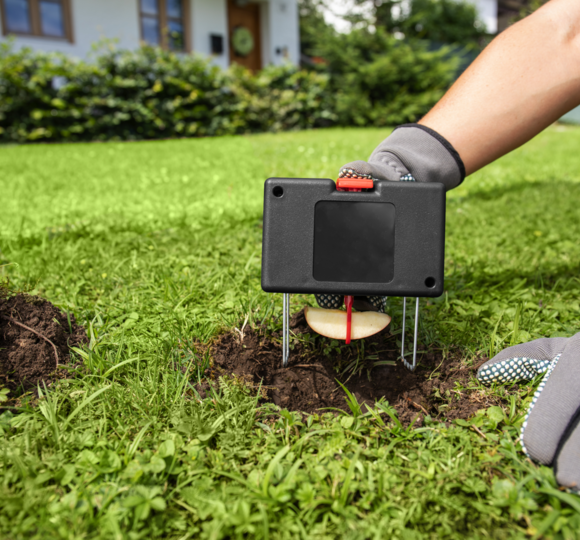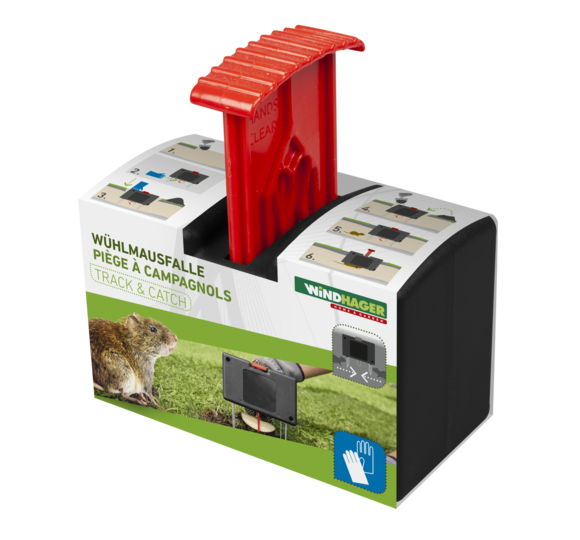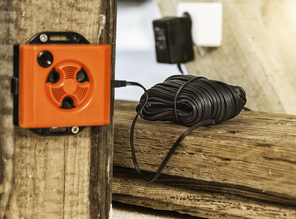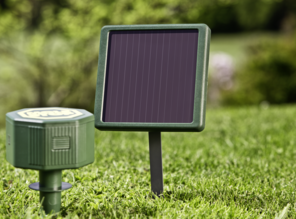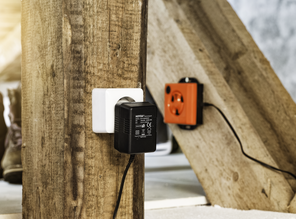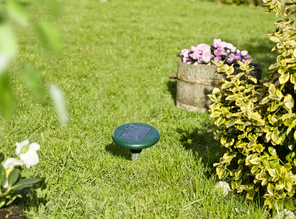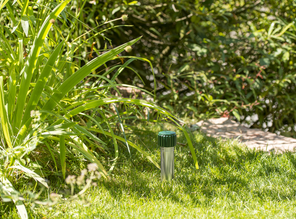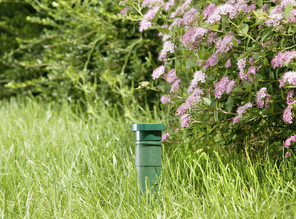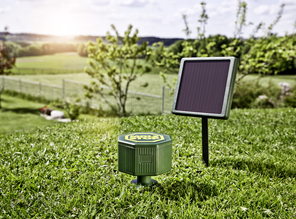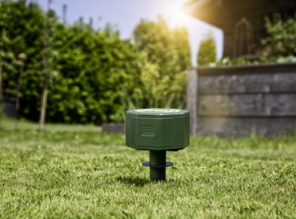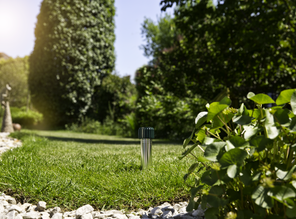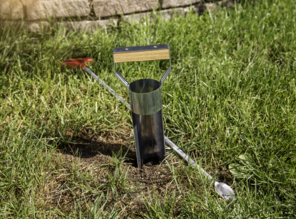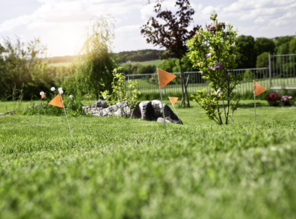Products
Vole trap Track and Catch
- NO MORE VOLES - With the Windhager TRACK & CATCH vole trap, you can get rid of voles efficiently and quickly
- FUNCTIONS FROM BOTH DIRECTIONS - The trap snaps shut regardless of the direction from which the vole enters
- EASY-TO-DETECT CATCHING SUCCESS - The position of the handle allows you to immediately identify a catch without having to dig in the ground
- MULTIPLE APPLICATIONS - The trap can be baited again and re-used after each catch
- EASY TO BAIT - Simply place a piece of fruit or vegetable in the trap as bait
| Art-Nr. | Title |
|---|---|
| 05395 | Vole trap Track & Catch |
Quick help against voles
Gnawed vegetables and roots, a favourite of voles, and wavy lawn scars will soon be a thing of the past. The TRACK & CATCH trap is placed directly in the vole tunnel and snaps shut as soon as a vole touches the fork. No matter which direction the mouse comes from, the trap snaps shut on both sides. A successful catch is immediately recognizable by the position of the handle. With this innovative trap, you don't need to dig into the ground to check whether the trap has been triggered or not. The trap is easy to use and no previous knowledge is required.
Tip: how to find and recognize vole tunnels
Vole tunnels, like those of moles, run underground. However, they are usually not deeper than 5 cm and cause crusts and mounds of soil to be raised. Compared to a mole tunnel, the latter is usually deeper and the mounds are higher than those of voles.
Use the sounding rod VOLE TRAP ACCESSORIES (item no. 05316) to dig into the ground where tunnels are suspected to be present. If no resistance can be felt, it is probably one of the branched vole passages. Mark these places with the Windhager marker flags (item no. 05317). If these lie in the grass a few hours later, the tunnel is being used. This is where you should place your vole traps.
Voles will cover an exposed tunnel quickly while moles tend to dig a new one underneath. This is how you can tell the tunnels of voles and moles apart.
Setting up a vole trap
Voles have a very fine nose. Always wear gloves as a protection against odours.
To activate the trap, the lever must be pushed down. Before inserting the vole trap into the upper hole of the tunnel recess, a bait should be placed into the red loop on the underside. A piece of apple, carrot or radish, for example, is suitable for this purpose. Once the trap is in the tunnel, it only needs to be covered with earth and grass.
Take a look at the trap at least twice a day. You can recognize a successful catch by the fact that the red handle protrudes from the earth.
Helpful accessories:Sounding rod with cutter (05316), marker flags (05317)
Are you interested in Voles and moles?
Nothing is as annoying as the destruction of your own garden. Especially with lovingly tended lawns, molehills are particularly visible. Even voles tunnels, which are usually quite close to the surface, are visible – moreover, voles also like to eat roots and thus destroy plants.
Decades of experience in driving away moles.
The Mole Stop 1000 was the first product that Windhager brought onto the market – and is still successful, because: it works! In the meantime, the product range offers a wide variety of possibilities for mole control and the control of voles.

